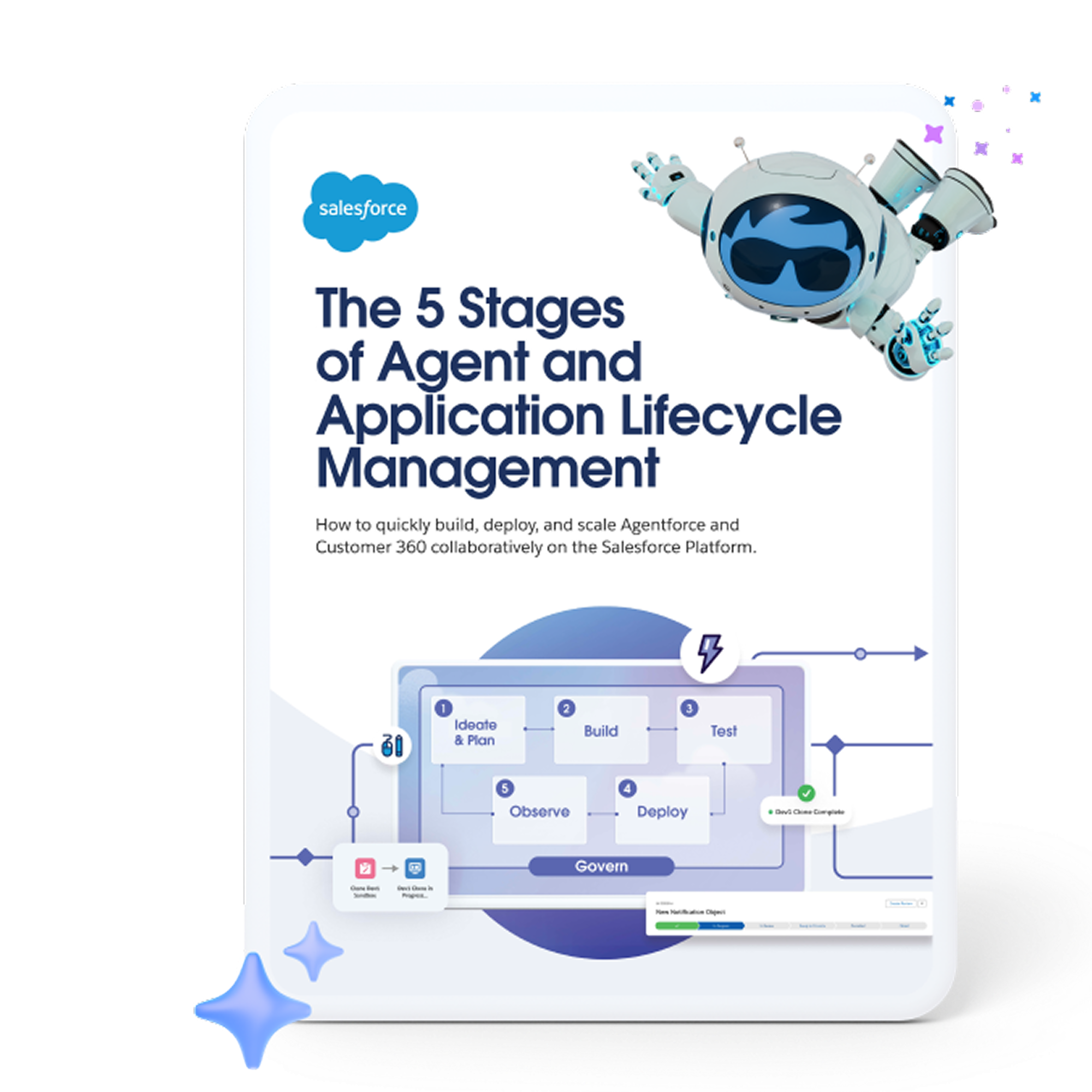Tackle the IT Backlog: 3 Ways to Speed Up Your AI Development Life Cycle



Everyone wants smarter tools, faster answers, and better experiences — and it’s on IT to make it happen. Here how to accelerate the time from idea to innovation.
Businesses are at a turning point: it’s either transform with AI, or get left behind. Demand is on the rise for new AI apps, agents, and features. Everyone wants smarter tools, faster answers, and better experiences — and IT is expected to make it all happen.
But while expectations are sky-high, many teams are stuck with legacy systems, siloed data, and tight resources. These elements all come together for a lethal combination that is straining IT teams and causing them to miss nearly one in three project deadlines. For many organizations, it’s no longer a question of team capability, but team capacity.
Introducing agent and application lifecycle management (ALM)
Before we talk speed, we need to take a few steps back. Traditional application lifecycle management wasn’t designed with AI in mind. Most existing frameworks were built for slower, more predictable development cycles — not today’s fast-paced, mixed-code environments. That gap can lead to disconnected tools, rushed workarounds, and growing technical debt.
Enter agent and application lifecycle management (ALM). This framework covers the entire journey of building, testing, deploying, and continuously improving AI agents and apps. It’s flexible enough for low-code and pro-code, while being structured enough to support governance, security, and scale from the start.
Speed or security? Yes
Explore each stage of the agent and application lifecycle management (ALM) cycle to deploy trusted AI quickly.

Ready to move beyond theory? Enhance your ALM process with these three best practices to accelerate the time from idea to innovation.
1. Build AI with AI
The fastest path to deploying your AI apps and agents is by building with AI. In fact, a majority (84%) of developers who use AI say it helps their teams complete projects faster. There’s no need to reinvent the wheel, and no need to code from scratch if a feature or test has been done before. Vibe coding, the practice of using generative AI to turn natural language into code by simply describing the feature or app you want, is gaining traction. Agentforce Vibes, for example, can handle tasks like code development assistance, test case generation, code analysis for security and performance, and more.
Ultimately, AI is meant to support the stack — not own it. While AI can handle more manual tasks, developers can accelerate the time to deployment and on the bigger picture, like fine-tuning new and existing solutions.
2. Match the sandbox to the task
Building with AI goes hand-in-hand with sandboxes. A sandbox is a safe, isolated, and production-like environment where developers can securely experiment with new code, features, or integrations without disrupting live systems. Not all sandboxes are the same though. While Developer or Developer Pro sandboxes are great for individual coding tasks, and Partial Copy sandboxes for tasks like user acceptance training (UAT), only Full Copy sandboxes provide the scale and completeness needed for getting agents up and running quickly. By testing the Agentforce integration with an exact copy of the production data and environment, you maximize the chance that your deployment will work correctly the first time, avoiding the costly, time-consuming cycles of fixing critical errors in lower-fidelity environments.
Sandboxes are generally critical for development, and they’re especially essential for vibe coding. Speed is the goal, but it’s also important not to break things when you’re moving fast. Developers can test your AI coding companion’s suggestions, code snippets, or built-out features in a controlled setting.
These isolated environments are also helpful for assessing if your AI agents and apps pass security and compliance checks. Sandboxes provide the perfect stage to run these analyses on the AI-generated components, ensuring they meet enterprise standards for performance and data privacy.
3. Keep it realistic (not real)
In a digital world full of growing regulations, privacy-conscious customers, and constant data breach threats — you need to be moving fast, but not at the risk of losing trust and opening your business up to vulnerabilities.
This is where data masking shines. It protects sensitive information — such as personally identifiable information (PII), financial details, or proprietary business data — by replacing it with realistic yet fictitious values. Not only does this help with compliance and regulations, it helps protect customer trust.
But security is half the equation. What about the speed of development? Data seeding is the practice of pre-populating a non-production environment with mock or templated records. By pairing data masking with data seeding, you get a winning formula that accelerates deployment cycles while maintaining robust data privacy. Tools like Data Mask & Seed put this synergy into action, enabling developers to quickly seed realistic data into Salesforce Sandboxes.
Unlock realistic, secure testing
Optimize and secure your sandbox environment using data masking & seeding best practices and solutions.



At the speed of agent and application lifecycle management (ALM)
AI is a growing core element for how businesses grow and operate today. The pressure on IT teams to deliver AI agents and applications is unprecedented, but speed, without a foundation of security, data privacy, and trust is a risk no company can afford.
Successful businesses emerging from this transformation are pivoting how they think about tackling their IT backlog. Rather than an isolated sprint to fulfill requests, it’s a strategic shift to how they approach the future of their business. And to do so, it’s not enough to only think about speed to deployment, but speed with safety and trust built in from the start.





























